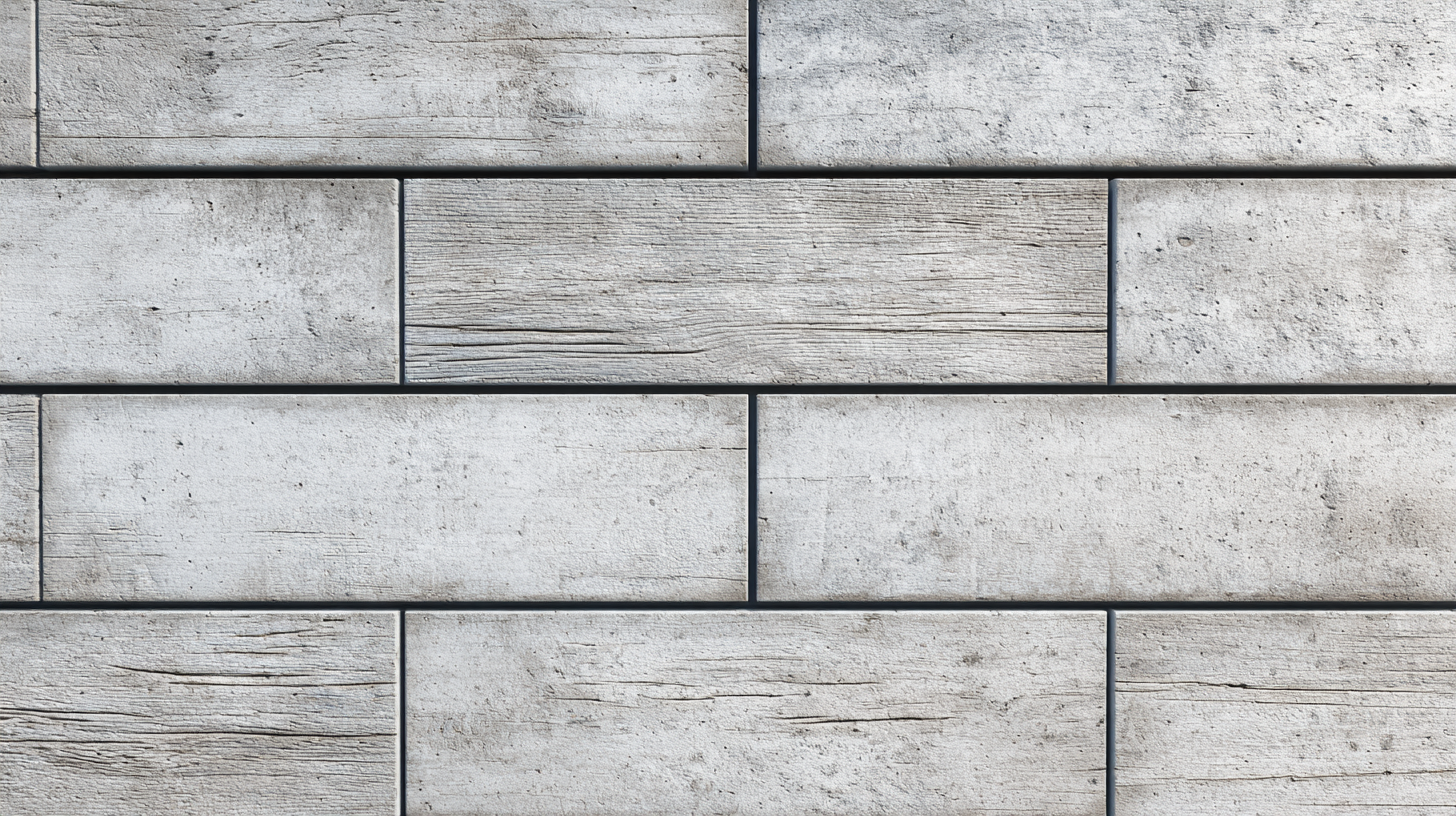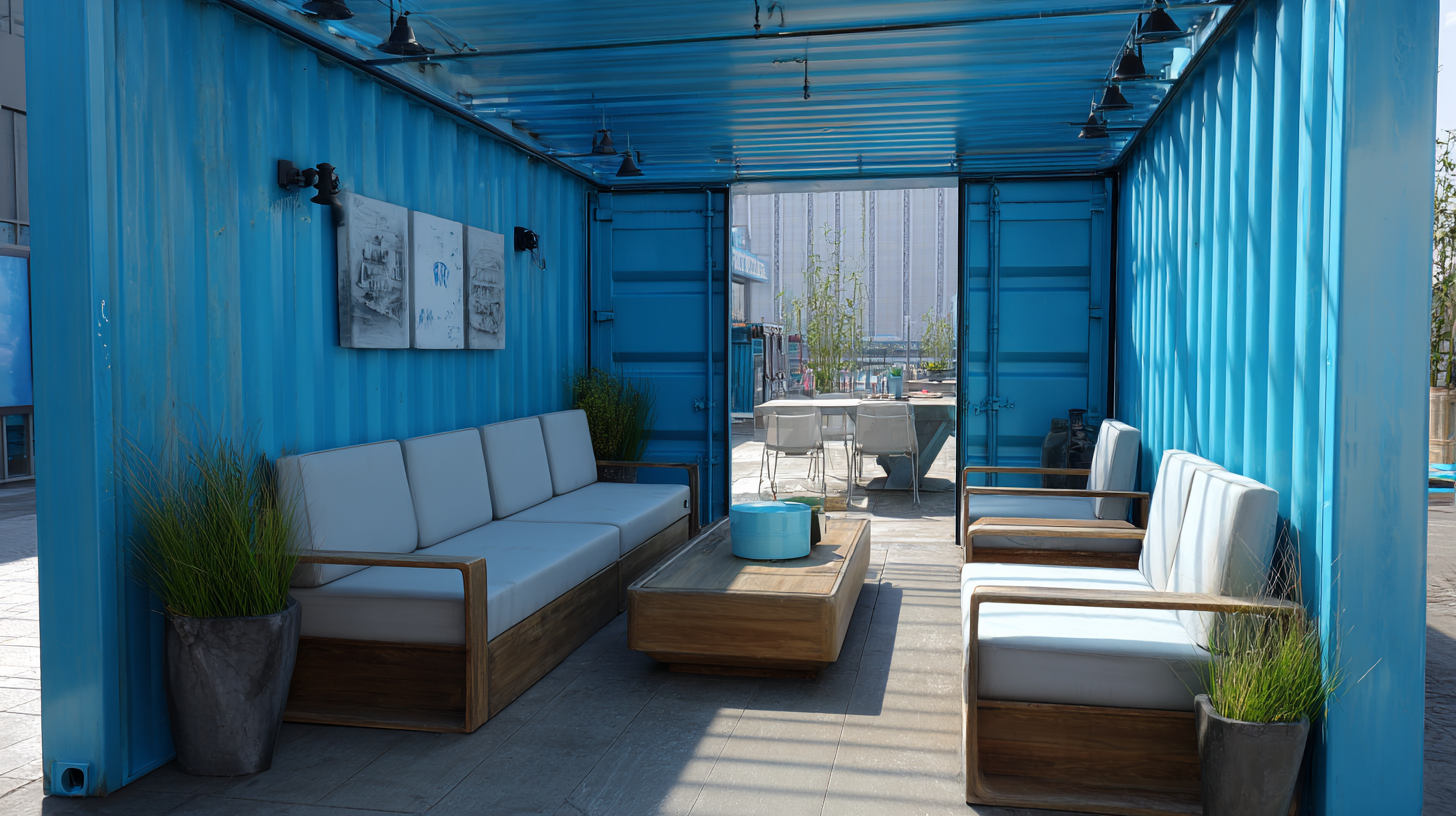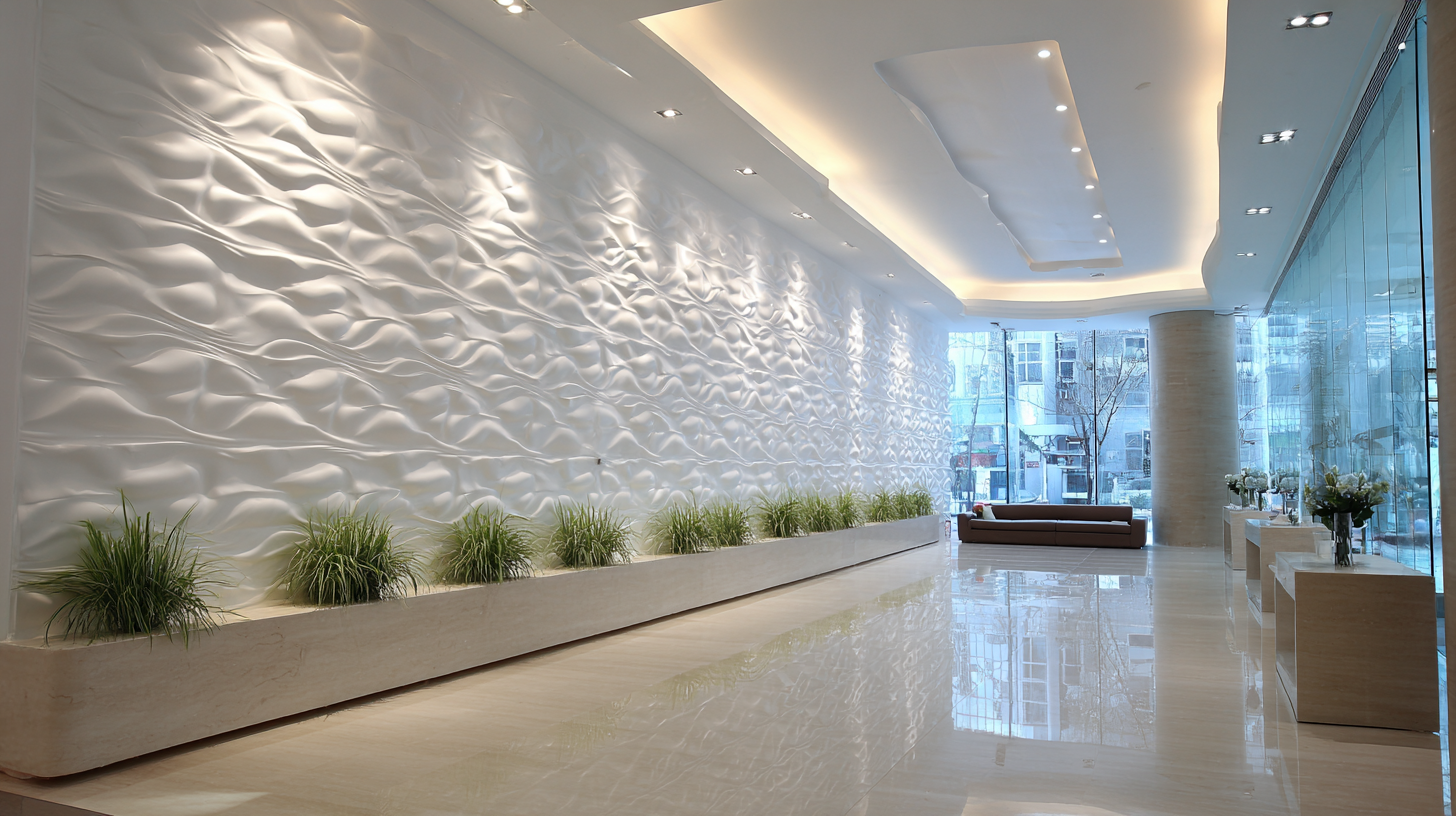In an era where sustainability is becoming increasingly important, the demand for eco-friendly building materials is on the rise. Among these, PVC wall cladding has emerged as a leading choice due to its versatility, durability, and low environmental impact. As global awareness of environmental issues grows, buyers are searching for innovative and sustainable solutions that not only enhance aesthetic appeal but also contribute to energy efficiency and reduced waste. This blog will explore the future of eco-friendly PVC wall cladding solutions, highlighting the top manufacturing facilities that export these advanced products worldwide. As we delve into the trends and technologies shaping this industry, we will also examine how these manufacturers are meeting the needs of conscientious consumers while maintaining high standards of quality and eco-friendliness.

As the global home decor market continues to expand, with projections indicating growth from $802.26 billion in 2025 to $1,097.51 billion by 2032, the demand for eco-friendly materials is more crucial than ever. Emerging trends in eco-friendly PVC wall cladding solutions highlight the industry's shift towards sustainable practices. Innovations in technology are paving the way for PVC options that minimize environmental impact while maintaining aesthetic appeal.
Tip: When considering new wall cladding solutions, look for products that boast certifications for sustainability. Such certifications often indicate a commitment to eco-friendly production processes and materials. Another emerging trend is the use of natural fibers in home decor, presenting an eco-conscious alternative to synthetic materials. These alternatives not only reduce reliance on petrochemicals but also contribute to a more sustainable lifecycle for decor products.
As sustainability takes center stage, embracing these trends can not only enhance your home's aesthetic but also make a positive contribution to the environment. When shopping for wall cladding, seek manufacturers that prioritize recycled materials and innovative technologies that assist in reducing waste and promoting renewable resources.

As the demand for eco-friendly building materials rises, the focus on sustainable PVC wall cladding solutions continues to shape the construction industry. Recent reports from the MarketsandMarkets research group indicate that the global PVC market is projected to reach $80.7 billion by 2026, driven largely by innovations in sustainable materials. This highlights a growing recognition among manufacturers and consumers alike of the significance of sustainability, particularly in reducing environmental impact.
One of the key innovations in PVC wall cladding is the use of recycled materials. The European PVC industry reported in their annual sustainability report that up to 50% of certain PVC products can now be created from recycled content. This shift not only helps in minimizing waste but also lowers carbon emissions associated with production. Moreover, advancements in production techniques have made it possible to develop more durable and weather-resistant cladding options, further enhancing their appeal for global buyers who prioritize longevity and sustainability in their building projects.
Additionally, the integration of biobased additives in PVC formulations is another promising direction. According to a study published by the Journal of Cleaner Production, incorporating these additives can reduce the carbon footprint of PVC products significantly without compromising their performance. As environmental regulations tighten and consumers increasingly demand greener alternatives, the evolution of PVC wall cladding solutions powered by sustainable materials is set to play a critical role in the future of the construction industry.

As global awareness of environmental issues burgeons, the demand for eco-friendly PVC wall cladding solutions is on the rise. According to a report by Research and Markets, the global eco-friendly building materials market is expected to grow at a CAGR of 12% from 2021 to 2026, highlighting a significant shift in buyer preferences. Sustainability is no longer a niche market; instead, it is becoming a standard requirement for construction and renovation projects. This surge in demand is driving manufacturers to innovate and produce PVC wall cladding that not only meets aesthetic standards but also adheres to environmental regulations.
**Tip 1: Look for Certifications**
When selecting eco-friendly wall cladding, always look for products with certifications such as LEED or GreenGuard. These certifications ensure that the materials have been tested for emissions and are safe for indoor environments.
As international buyers seek sustainable options, they are increasingly turning to manufacturers who prioritize eco-conscious practices. Reports indicate that around 70% of consumers are willing to pay a premium for sustainable products. This insight is reshaping the market dynamics and prompting established brands to revamp their offerings to include responsible sourcing and production methods.
**Tip 2: Consider Lifecycle Impact**
When choosing wall cladding, assess its entire lifecycle, from manufacturing to disposal. Opting for materials that can be recycled or have a lower environmental impact during production will contribute positively to your sustainability goals.
The future of eco-friendly PVC wall cladding solutions is largely driven by rapid technological advancements that enhance sustainability and performance. Recent reports from Research and Markets indicate that the global PVC market is projected to reach $80 billion by 2025, with a significant portion attributable to eco-conscious building materials. Innovations such as recycled PVC formulations are gaining traction, allowing manufacturers to reduce waste and energy consumption while producing high-quality products. This shift not only supports environmentally friendly practices but also meets the increasing demand from global buyers for sustainable construction materials.
Technological advancements in manufacturing processes, such as the use of advanced extrusion techniques and the incorporation of nanotechnology, are further propelling the PVC wall cladding sector into a new era. A study by Smithers Pira highlights that these methods enhance the durability and aesthetic appeal of PVC cladding, making it a preferred choice among architects and builders. Additionally, the integration of IoT technologies is facilitating smarter building solutions, where wall cladding can interact with environmental conditions, contributing to energy efficiency. These innovations are essential for meeting rigorous sustainability standards, positioning PVC wall cladding as a competitive option in the evolving global marketplace.
| Advancement in Technology | Benefits | Eco-Friendly Features | Target Market |
|---|---|---|---|
| Recyclable Materials | Reduced waste and environmental impact | Made from 100% recyclable plastics | Residential and Commercial |
| Advanced Coating Technology | Improved durability and lifespan | Low maintenance and sustainable finish | Contractors and Architects |
| Smart Cladding Solutions | Energy efficiency and insulation improvements | Thermal regulation features | Green Building Projects |
| Customization through 3D Printing | Tailored design and aesthetics | Minimal waste during production | Homeowners and Designers |
As the global demand for eco-friendly building materials continues to rise, choosing bio-based PVC wall cladding solutions increasingly makes sense for conscious consumers. The bio-based polyvinyl chloride (PVC) market was valued at approximately USD 640.79 million in 2022, and it is projected to grow at a compound annual growth rate (CAGR) of 19.3% from 2023 to 2030. This rapid growth underscores a burgeoning interest in sustainable construction materials that reduce environmental impact while offering durability and aesthetic versatility.
Unlike traditional materials, eco-friendly PVC cladding provides significant benefits in both environmental and economic terms. They can be manufactured using renewable resources, thereby lowering carbon footprints compared to conventional PVC made from fossil fuels. Furthermore, recent studies indicate that using innovative materials like PVC composites can not only fulfill modern market demands but also support initiatives such as rural urbanization. By adopting these advanced eco-friendly options, builders and developers can ensure that their projects align with global sustainability goals while still meeting functional and aesthetic requirements.
